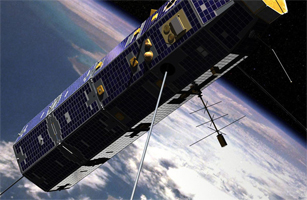
Updated: The short answer is, “No” and surprising culprits include Oklahoma’s Senator Jim Inhofe and Oklahoma’s Adjutant General, Major General Michael Thompson. Senator Inhofe chairs the Senate Armed Services Committee. MG Thompson commands Oklahoma’s frequently deployed National Guard. A recent article from the Heritage Foundation, a few conversations with a DoD engineer and some superficial research looking at things like Gunter’s Space Page have shown clearly that Oklahomans are going to get killed because they won’t have a lifeline and Inhofe and Thompson “ain’t doing squat” about it.

The simple reason is the soldiers’ lifeline is failing and isn’t being replaced. Let me explain. Our troops in the field have only one all weather communications link to call for help when they’re under fire. It’s called “Legacy Military UHF SATCOM.” But the satellites are dying and back-up systems lack reliability for reasons including failures in heavy rains, under trees and in sand storms – frequent issues in many parts of the world.
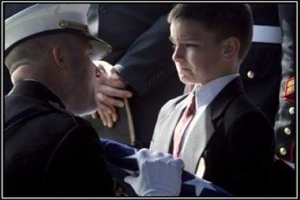
The Legacy Military UHF satellites (11 were launched) are all well beyond their design life and most aren’t working anymore. Are they being replaced? No. Senator Inhofe apparently doesn’t want to spend the money and General Thompson probably hasn’t made the effort to understand the problem. So when the satellites are no longer there, our kids will get killed. And people will write more books like LONE SURVIVOR (a story and later movie about such a case where military satellites failed). Grieving relatives will ask, why? And no one will answer.
Further statistics may be found in an October 31 analysis by Dakota L. Wood , who served America for two decades in the U.S. Marine Corps and is now senior research fellow for defense programs at The Heritage Foundation. Wood’s work is titled, Is America’s Military Headed for a ‘Rocky’ Experience? and it speaks powerfully as a biting fear to the heart of all who love America’s active duty warriors.
“In 1989, when America was actively contesting the Soviet Union on a global stage, the Army had 770,000 soldiers on active duty; today it has 480,000. The Navy had 592 ships; today it has 290. The Air Force had nearly 30 fighter squadrons in Europe alone; today it has a total of 32 in its active component, and a mere six in Europe.
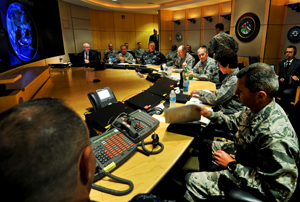
“The U.S. at that time committed 20% to 25% of its budget to defense, roughly equal to 5% to 6% of gross domestic product, because that’s what was necessary to field a military able to be where it needed to be in sufficient numbers, quality, and competence to deter the Soviet Union from military action in multiple regions and to assure allies that the U.S. would be there to defend common interests in time of crisis.
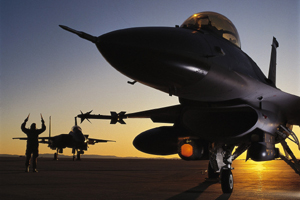
“Today, the Defense Department’s share of federal dollars has dropped to 15%, only 3.2% of GDP, enough to barely sustain what it has but not enough to replace equipment that has been used up in constant operations since 2001. And certainly not enough to expand the force to a size capable of handling more than one major challenge. On average, America’s primary combat platforms are approaching 30 years old.
“America’s combat experiences since the end of the Cold War have mostly come from dealing with minor opponents with no navy, air force, armor, or any means to prevent the U.S. from doing what it wanted.
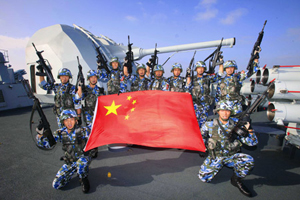
“Meanwhile, China has expanded its navy to 300 ships. It has invested heavily in shore-based maritime patrol aircraft and land-based missiles able to attack ships far at sea.
It has built and militarized islands in strategic waterways, and has aggressively pushed regional neighbors out of contested areas.
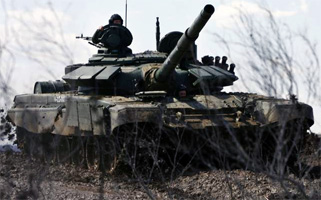
“Russia too has gained valuable combat experience in invading Georgia and Ukraine, conducting cyberattacks against the Baltic states, and salvaging the odious regime of Bashar Assad in Syria.
It has renewed its military presence in the Arctic and has aggressively probed the seas and air spaces around NATO’s northern flank.
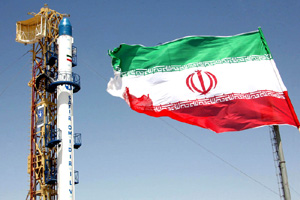
‘Both nations have committed major investments in hypersonic weapons, artificial intelligence, cyberwarfare tools, precision-guided missiles, and nuclear weaponry.
Iran, meanwhile, on a lesser scale but perhaps with greater intensity, has doubled down on its support to terrorist groups across the Middle East. And North Korea shows no sign of slowing down, much less eliminating, its maturation of nuclear capabilities to include development of submarine-launched ballistic missiles.
“And yet within the United States, all signs point to flat or even reduced defense budgets in the coming years,” Woods writes illustrating the message with the “Rocky III” question… will America gather courage in time with ability to recover, regather a sense of purpose and “reclaim title as Champ,” Woods asks.
This powerful warning is more than Hollywood. It’s our sons and daughters, neighbors and friends in the field and worthy of serious consideration. To read more, click here for Is America’s Military Headed for a ‘Rocky’ Experience? and here for U.S. Military Strength Rated as ‘Marginal’ as China, Russia on Move.
